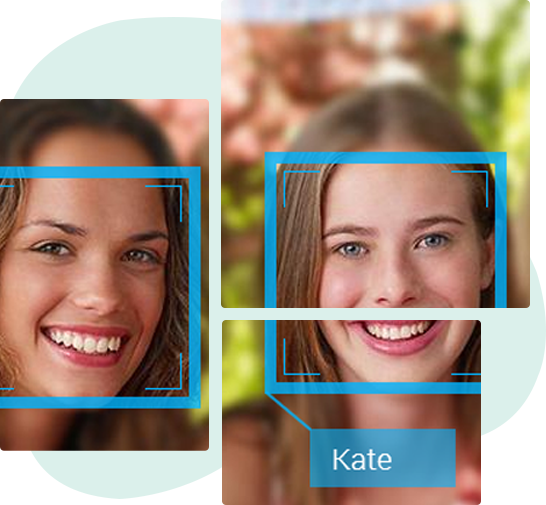Powering Computer Vision Models in the Autonomous Driving Space
Data Labeler offers a wide range of training datasets for training and validating autonomous vehicular models thus enabling them to develop a safe driving technique.
Following are the uses cases of self-driving cars for which we offer Data Annotation services:
- Lane and Parking Area Detection – We provide training datasets to train your Computer Vision models to detect lanes and lane markings for identifying the drivable area to drive safely on roads and to identify the parking area.
- Object Recognition – We build training datasets that help your autonomous vehicular models to recognize nearby objects accurately.
- Semaphore Analysis – Annotate signboards and traffic lights using bounding boxes to help your autonomous vehicular models detect these semaphores accurately.
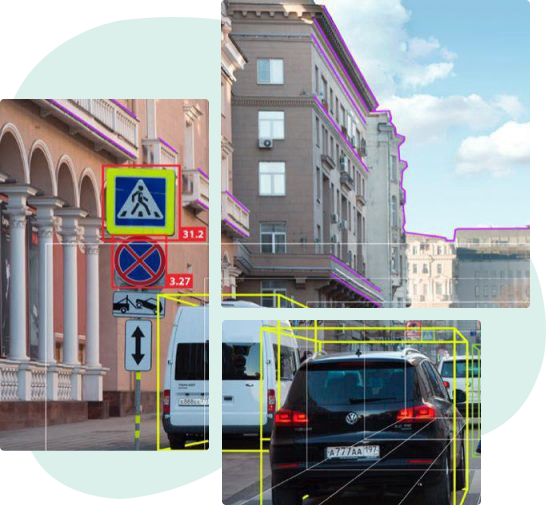
Agriculture Redefined with Data Annotation
Data Labeler provides best-in-class training datasets to enhance the capabilities of your AI and ML models in precision agriculture. Our team of expert annotators builds labeled and annotated images with bounding boxes and polygons that help train your Computer Vision models for precise agriculture at scale.
Our Data Annotation Services for Agriculture include the following:
- Pest & Disease diagnosis – We build labeled datasets to train your smart detection systems to detect/identify pest attacks.
- Crop Harvesting – Data Labeler provides quality training datasets that help you to train and validate your crop harvesting ML models.
- Weed Control – We help you to train your Computer Vision models to detect individual plants and differentiate between weeds and desired crops.
- Livestock Monitoring – We provide training datasets to help your ML models account for cattle with accuracy while letting out for grazing.
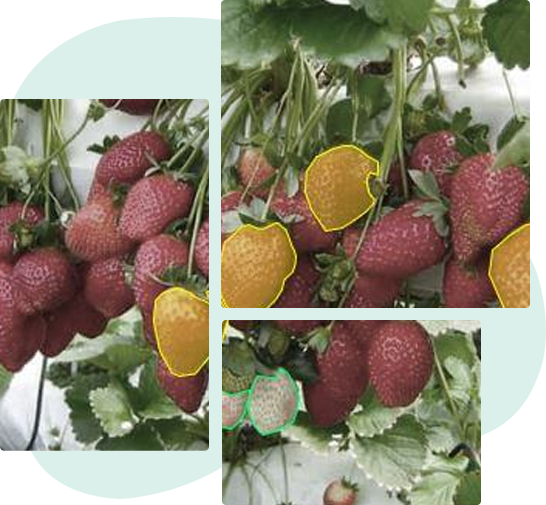
Highly Accurate Training Datasets for Retail Space
Data Labeler creates world-class datasets to detect various types of objects in retail outlets. We offer video annotations and image annotations using bounding boxes and polygonal annotations using either semantic segmentation or instance segmentation.
- Cashier-less checkouts – We provide high-quality labeled image datasets to train your Computer Vision models on detecting objects and counting products for cashier-less checkouts.
- Shelf Management – Our datasets can help train your models in analyzing shelf space usage, item location and pricing thereby allowing for optimal shelf space allocation.
- Product recognition – We offer pixel-level accurate product annotation services for retail outlets.
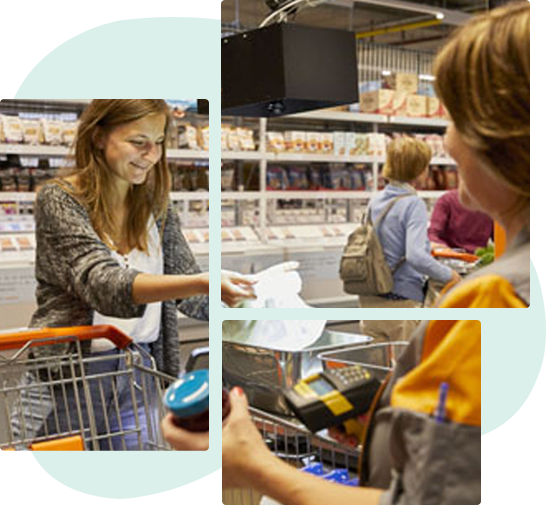
Wildlife Population Assessment and Estimation
Machine Learning tools have been used to assess and evaluate wildlife status, population, and distribution trends. Aerial imagery, motion-sensor cameras, and other powerful monitoring tools have been used to collect wildlife pictures frequently and unobtrusively. This has generated rich datasets that help us understand wildlife and improves our ability to conserve ecosystems.
Data Labeler specializes in extracting information from these large monitoring datasets. Our high-quality training labeled datasets enable our clients to develop and train Machine Learning/Artificial Models that can monitor the wildlife.
Our world-class labeled datasets can be used to train models/algorithms to do the following:
- Detect – algorithms are used to detect the presence of rare species in images and videos
- Survey – we help to conduct wildlife population surveys
- Study – Datasets algorithms are used to study different animal behaviors
- Population – we can help in estimating wildlife population trends over time
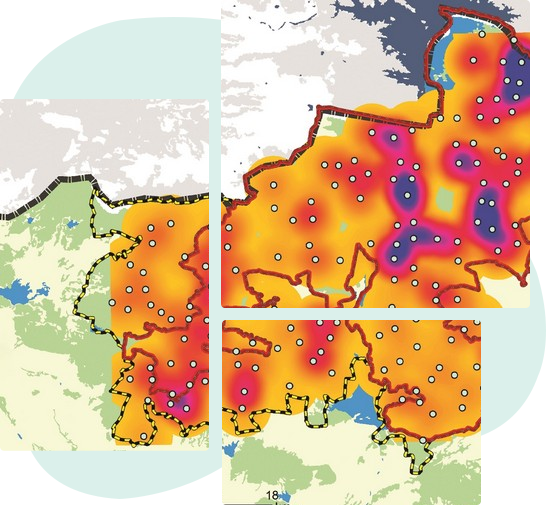
Better Text and Speech Recognition for Machines
An understanding of natural language which is nuanced and complex is tough for machines. Machines have to interpret diverse variables such as context, situational constraints, references among others to derive meaning from human language. Large volumes of human-labeled data are required to help machines interpret a string of words and reply accordingly.
Data Labeler offers state-of-the-art text and audio annotation services for Natural Language Processing. We offer accurate and high-quality labeled data sets that help your ML models to perform human-like tasks such as the following;
- Email Assistants – NLP has been used for everyday activities in some form or the other like auto-complete, grammar, spell-check and spam emails away from the inbox.
- Chatbots – NLP help the chatbots to interpret the meaning behind a query raised by customer and answer without human intervention in real-time.
- Sentiment Analysis – It’s a common application of NLP that helps to determine the positive or negative polarity of a text, also to perform back-end computation and data analytics for understanding huge data volumes.

Enhance Facial Recognition Models with Labeled Datasets
Facial Recognition technology has a myriad of use cases from surveillance and security to customer service, banking & finance, fraud prevention among others. These facial recognition models will work accurately only when they are fed labeled face image data at a large scale irrespective of the use cases.
Data Labeler offers keypoints annotation services for training and testing models that perform Facial Recognition, Gesture Labeling, and Emotion Detection.
- Detection – The camera will first spot and recognize a face from photos or videos, either alone or in a crowd. The algorithm can best spot a face when the person is looking straight.
- Analysis – The algorithm reads the geometry of your face by identifying 80 nodal points of the human face. These points help the algorithms to pick up specific and unique details about a person’s face such as depth of the eye sockets, length & width of the nose, shape of the cheekbones & chin, distance between the eyes, and other details.
- Data Conversion – The person’s faceprint which is a mathematical formula is determined from the analysis. Similar to how every person has a unique fingerprint, each person has their unique faceprint.
- Matching – The algorithm compares the person’s faceprint with the ones in the face recognition database and looks for matches with a preset threshold which are then ranked and displayed.
Conclusion:
At the 2019 Human-Centered Artificial Intelligence Symposium at Stanford University, Gates said “The power of artificial intelligence is so incredible, it will change society in some very deep ways.” Gates felt that AI has the potential to do a lot of good for humanity, because of its capability to sort vast quantities of data much more proficiently and efficiently than humans.
